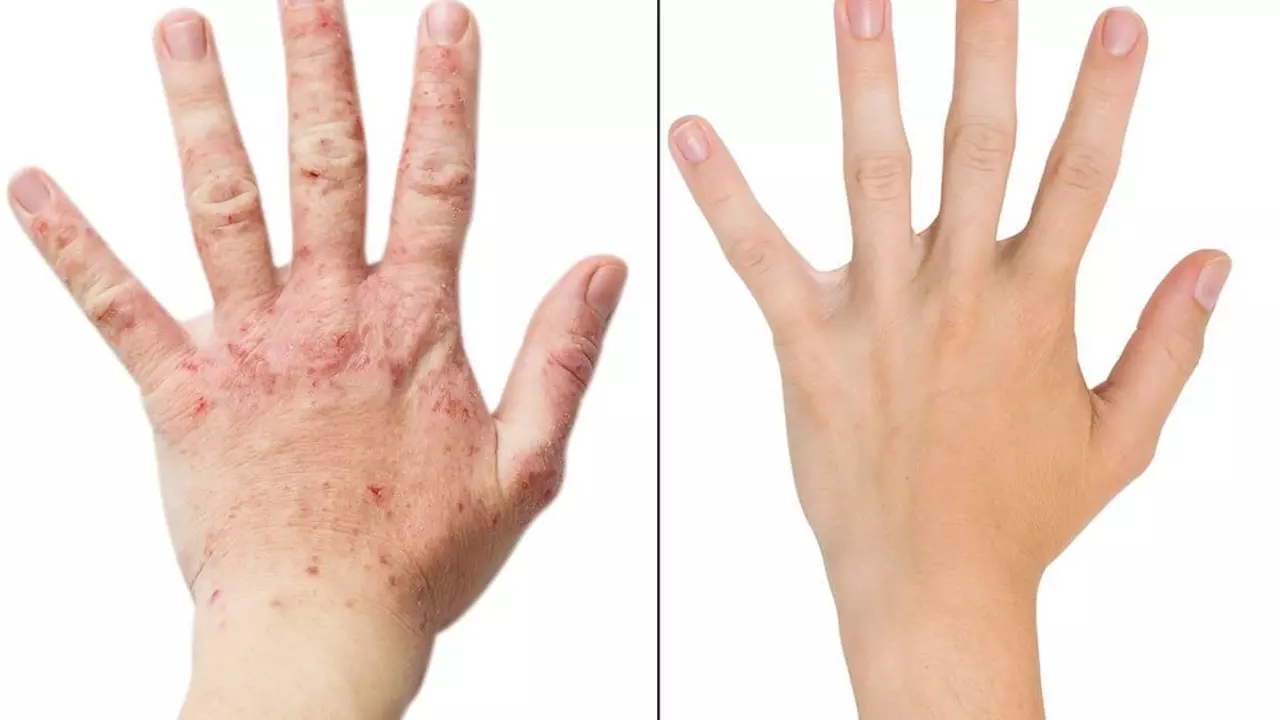Butenafine: Your Quick Guide to This Antifungal Cream
Dealing with itchy, flaky, or red skin caused by fungal infections? Butenafine might be the solution you need. This topical antifungal cream fights infections like athlete’s foot, ringworm, and jock itch effectively by stopping fungal growth right at the source. Wondering how it works and whether it’s right for you? Let’s break down the basics.
Butenafine tackles fungal infections by targeting the cell membranes of fungi, weakening them until the fungus dies off. Sounds technical, but it basically means it stops the infection from spreading and allows your skin to heal. You usually apply a thin layer once a day, often for one to two weeks, depending on the severity and doctor’s advice.
When and How to Use Butenafine Safely
Before starting, make sure your skin is clean and dry. Apply the cream to the infected area and a little bit around it to catch any unseen fungal spread. Keeping the area dry and clean during treatment boosts your chances of a fast recovery. Avoid covering the cream with tight dressings unless your healthcare provider says so. Also, be consistent; missing doses can slow down your healing.
Watch out for common side effects like mild burning, itching, or redness at the application site. These usually fade quickly, but if they persist or get worse, it’s a good idea to check with your doctor. Do not use butenafine on open wounds or mucous membranes. And remember, while butenafine helps kill fungi, it doesn’t work on bacterial infections or other skin issues.
What to Expect During Treatment and Beyond
You might notice relief from itching and scaling within a few days, but finishing the full treatment course is key even if symptoms improve. Stopping early can let the infection come back stronger. Post-treatment, keeping skin dry and clean helps prevent future fungal troubles. If your infection doesn’t improve after the full course or spreads, a healthcare professional can recommend alternative treatments or check for other causes.
In a nutshell, butenafine is a handy antifungal cream that works well against common skin fungi when used as directed. It’s simple to apply, generally safe, and can clear up stubborn infections under the right care. If you ever feel unsure or face unusual symptoms, don’t hesitate to reach out to a medical expert. Your skin will thank you for the attention.

Butenafine and eczema: can it help?
In addressing the question of whether Butenafine can help with eczema, it's important to note that this antifungal cream is typically used for skin infections like ringworm and athlete's foot. However, it has shown some potential in relieving eczema symptoms due to its anti-inflammatory properties. But, remember that every case of eczema is unique and what works for one person might not work for another. Always consult with a healthcare professional before starting any new treatment. So, while Butenafine isn't a standard treatment for eczema, it could be worth discussing with your dermatologist.

The History and Development of Butenafine as an Antifungal Medication
In my deep dive into the history of antifungal medications, I've found that Butenafine has played a significant role. Developed in the late 20th century, it's a synthetic compound that has proven to be extremely effective in combating various fungal infections. Its unique structure allows it to inhibit the synthesis of ergosterol, a key component of fungal cell membranes, hence stopping the growth of the fungus. Over the years, we've seen it evolve and improve, with increasing efficacy against a wider range of fungi. It's been a fascinating journey to uncover the story of this underappreciated medical marvel!

Using Butenafine to Treat Fungal Infections in Pets
As a pet owner, I recently learned about the use of Butenafine to treat fungal infections in our furry friends. Butenafine is a topical antifungal cream that works effectively in combating various fungal infections such as ringworm, which is quite common in pets. It's essential to apply the cream as directed by the veterinarian to ensure the best results and prevent any potential side effects. I've witnessed a significant improvement in my pet's condition after using Butenafine, and I'm relieved to see them healthy and happy again. If your pet is suffering from a fungal infection, I highly recommend discussing Butenafine as a treatment option with your veterinarian.